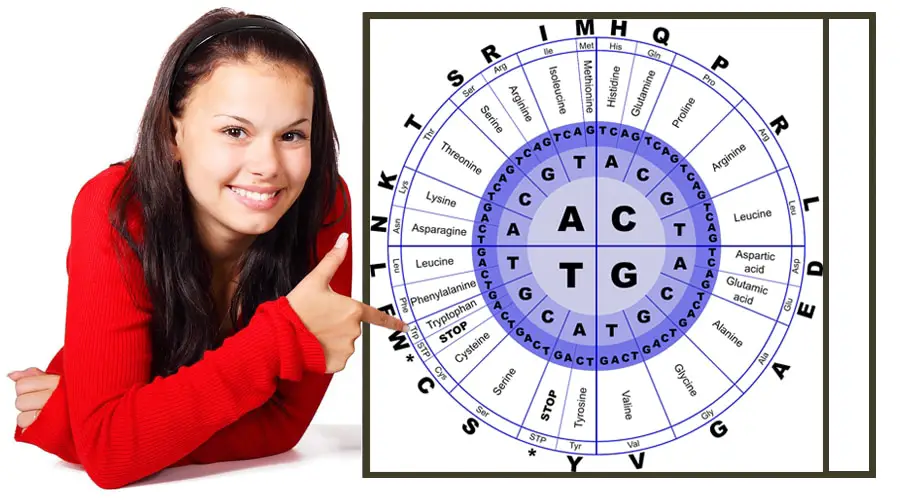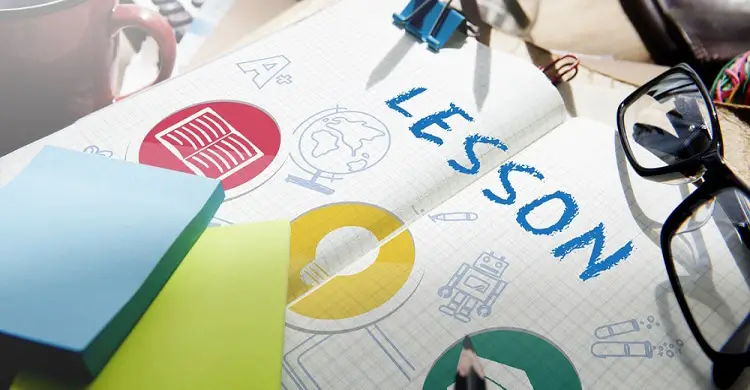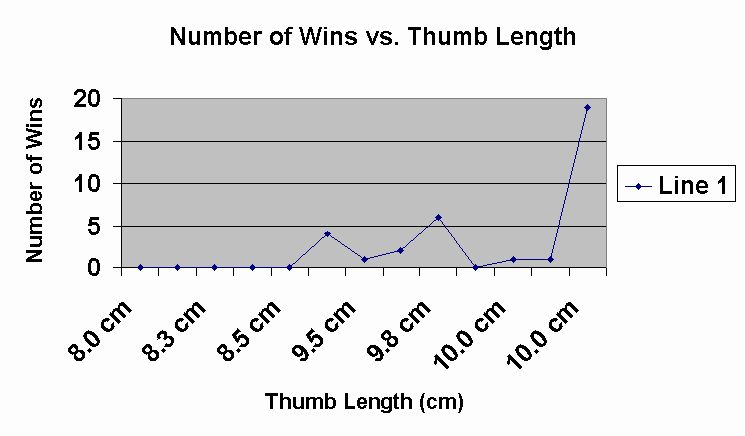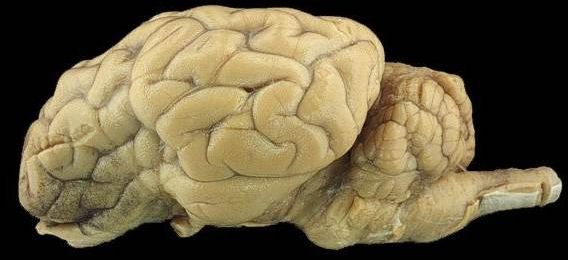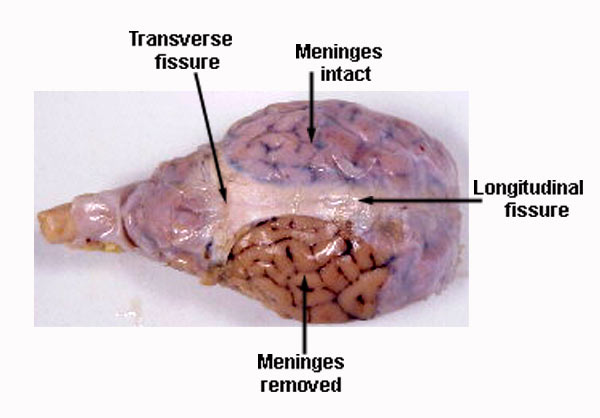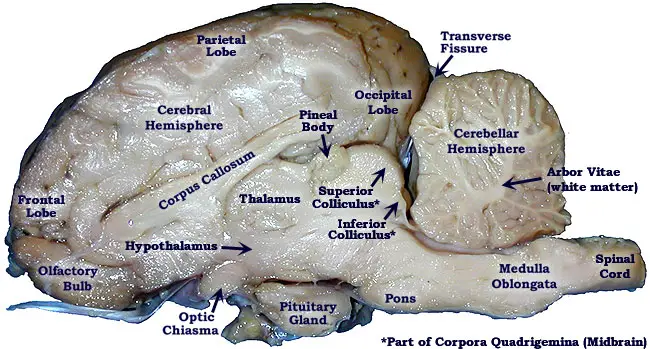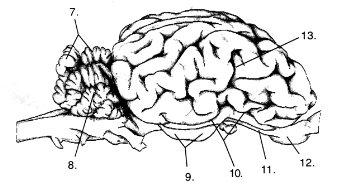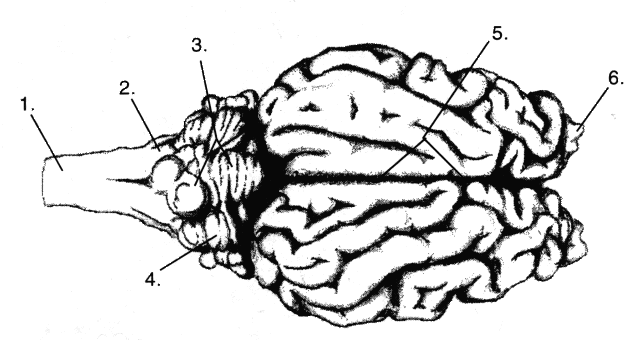Finding an excellent amino acid chart that is also a good reference and well suited for your needs can be a challenge. However, there are great charts and study guides available that use diagrams, videos, and text to quickly deliver information in a succinct and organized manner.
Amino Acids
Learning about amino acids and finding good charts and study guides can be a challenge, but there are reliable resources available. Our list includes some of the best reference charts and most diverse study guides to fit a variety of learning styles and other preferences.
Whether you are a beginner or a more advanced user, these charts and guides can be helpful in accelerating learning and testing the knowledge that you already possess. For those studying for the MCAT, having these tools at your disposal can help supplement your other materials and verify your knowledge by presenting content in alternative forms.
What Are Amino Acids? What Do They Do?
Amino acids are a class of organic compounds that include at least one carboxyl group, and one amino group. Amino acids are one of 20 different components that go into assembling proteins and are frequently referred to as “building blocks.”
There are a total of seven amino acids which are called “essential” because they must be obtained from the diet and the human body is unable to manufacture them. They include:
7 Amino Acids
- Isoleucine
- Leucine
- Lysine
- Valine
- Tryptophan
- Threonine
- Phenylalanine
Amino acids are also procured from a healthy diet, and many can be taken as an oral supplement as needed. The proteins that amino acids create are an essential part of just about every biological process in your body.
Amino acids are responsible for carrying out bodily functions and making cells such as muscles and other tissues in the body. They also help give those cells structure and play vital roles in the transference and storage of nutrients to different parts of the body.
How your organs, tendons, arteries, and glands function also depend on different amino acids. Wound healing, tissue repair, and skin and hair growth are also related to how amino acids perform in the body.
Amino acids are responsible for building and transporting many substances within the body, but they also work to remove waste and other deposits that are produced as part of the body’s functions and metabolism.
Having an appropriate quantity of the needed amino acids also helps to regulate the body’s metabolism in different ways and can prevent disease, tissue damage, organ damage, and other health issues.
Helpful Reference: Amino Acid Chart

There are many different amino acids, and the way that they can combine leads to an even more significant number of potential compounds. In addition to that, each amino acid has a 3-letter symbol, 1-letter symbol, formula, molecular weight, and structure.
Different charts present information about amino acids in different ways, and our list of amino acid charts offers a variety of different formats to suit different needs. Having an amino acid chart on hand may help save time and prevent mistakes.
DTU Bioinformatics
The amino acid chart provided on the DTU Bioinformatics website is straightforward and offers up the 1-letter symbol, and the DNA codons. It lists 20 amino acids found in proteins, along with the 64 available 3-letter symbols that correspond to each respectively.
Although this table is somewhat bare-bones, it’s easily printed and hung up where it is convenient for reference. If all you need is some basic information about amino acids, then this chart is ideal for you.
This chart may not have all of the information necessary for an introduction to the subject, but it succinctly provides essential information without frills, distracting colors, icons, or logos, and comfortably fits on one page.
Oregon State
The amino acid chart provided by Oregon State is a color-coded table that makes it possible to translate different parts of mRNA code into a sequence of amino acids. The simple 3 step directions indicate that you first need to select the nitrogenous base, and then match it to the first letter on the table.
After that, you follow the row until it leads you to the second and third letter required for the sequence, and each letter is color coded in black, blue, red, or green.
Although the table looks complicated at first, once you go through the steps a few times it becomes a rather quick way to look up an amino acid sequence without needing to do an online search each time.
The table also does a great job of narrowing down the available options, so if you are unsure of one of the bases, you can at least get an idea of what the possible options are which may be all you need to figure it out.
This table is also relatively compact, and provided you have access to a color printer it could be beneficial to have printed out and on hand for when you need it.
Sigma- Aldrich
The amino acid charts provided by Sigma-Aldrich are much more extensive and present the information in both chart and structure format. You can quickly look up the drawn structure of an amino acid complete with different side chains, or you can scroll down to the tables that have more information about the amino acid properties.
This page has a wealth of information about the amino acids and lists them in different groupings and categories for convenience. You can peruse the chart that talks explicitly about properties such as symbols, weights, molecular formula, or residue formula, and you can also view them based on how hydrophobic they are.
The bottom of the page also lists some relevant technical articles that relate to amino acids, and there is a link that allows you to read the abstracts from those papers. This website also features a wealth of other information and charts related to medical science, biology, genetic research, and life science.
GenScript
The GenScript website offers some clean and easy to read charts that detail amino acid related information such as symbols, formula, weights, isoelectric points, and structure. There are small illustrative diagrams for the various structures, and each chart categorizes the amino acids according to type.
There are also links on the page that will navigate to other helpful charts, formulas, and calculators and the site offers many different genetics related reference charts. The page details universal genetic codes along with 20 standard residues that can be found in nature.
SmartDraw
SmartDraw is a unique website that isn’t specifically science oriented but offers a wide variety of charts and visual illustrations for reference material. It covers a wide range of topics, but the amino acid charts are both easy to see and can be uploaded into the SmartDraw website for customization.
The templates offered are fully editable, so you can make your own custom notes, color code, and make other customizations easily. It’s also possible to make a chart of your own with the information of your choosing.

Study Guides and Resources
An amino acid chart is somewhat quick to find, but a reliable study guide that is easy to use can be harder to locate. Luckily there are a few good sources available that offer just enough information to be helpful, without weighing you down with opaque content.
Albert
This site offers some helpful study tips when it comes to learning about amino acids, and even includes helpful diagrams and a complete study guide. If you like to learn by reading and viewing visual pictures, this site may be beneficial for you.
At various parts of this site, you’ll find summaries, and the content is broken up with practice questions to help you test your understanding. Everything is well organized and ideal for beginners looking to learn quickly.
Sporcle
Sporcle is a site specifically for quizzing yourself about amino acids and other content created by users in the community. While this would not be ideal as your only source of information and exposure to amino acids, the fun quizzes can help accelerate learning in a fun way.
There are a number of quizzes related to biology, and other sciences that are free for visitors to take. In the end, you get a score out of a total of 20 points which can help you track your progress as you learn.
Cliffs Notes
Cliffs Notes on amino acids don’t contain many diagrams, so this may be a better source for those that like to read exclusively. However, it does provide a good summary of the relevant information related to a number of different scientific categories.
In fact, there are well-categorized chapters available that discuss many different biological and other scientific concepts, and many of these come directly from books, or classroom approved study guides.
Khan Academy
Khan Academy offers a wealth of lectures, videos, diagrams, and other content that is posted by some of the brightest minds at the most well-renowned universities. The topics are widespread and feature a number of different categories included study guides specifically for amino acids, MCAT, and other science-related subjects.
For those that are stuck in their learning and want to speed up the process, the free content on Khan Academy can help liven up your studies with fun and interactive learning that you can take on at your own pace. The videos are generally very high quality and easy to watch, and the instructors are typically quite good at dissecting a topic, so it’s easy to understand.

